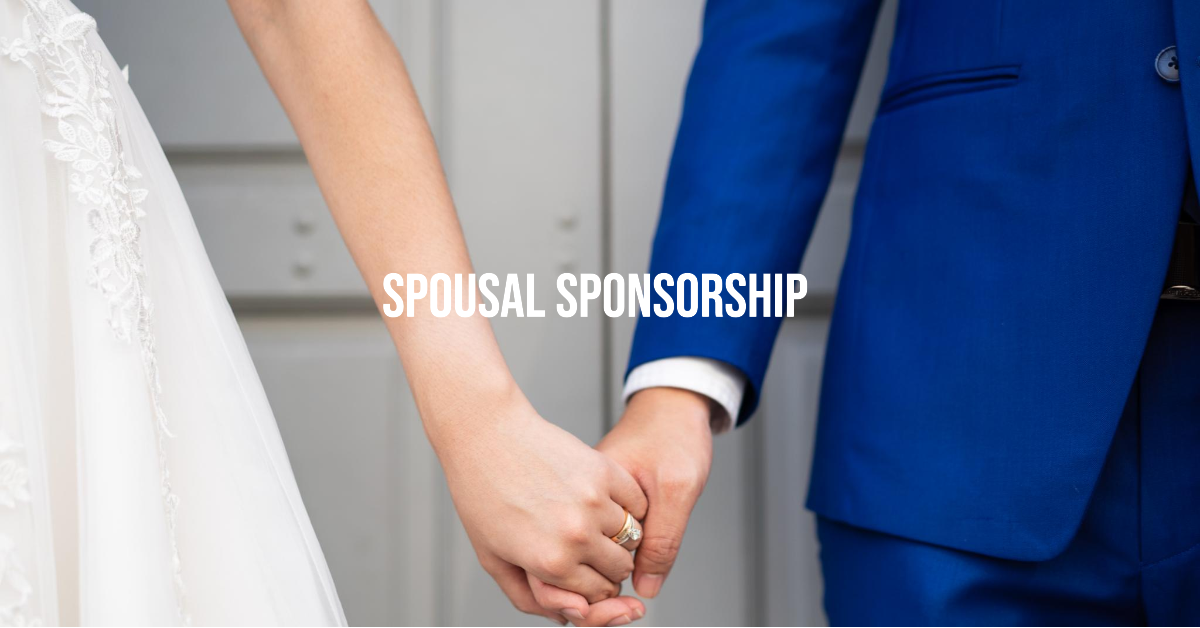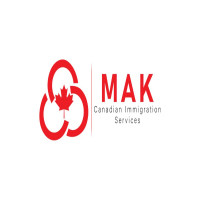Struggling with Spousal Sponsorship? Avoid These Common Pitfalls

Strong 8k brings an ultra-HD IPTV experience to your living room and your pocket.
Sponsoring a spouse to Canada is a life-changing journey, filled with hope and promise. But navigating the complex maze of Canadian immigration rules can be overwhelming, especially if you're unfamiliar with the spousal sponsorship process. From missing documents to misinterpreting eligibility requirements, even a small error can delay or derail your application. In this guide, we’ll explore the most common pitfalls that applicants encounter when applying for Canadian spouse sponsorship and how to avoid them.
Whether you're sponsoring a spouse from abroad or within Canada, understanding the requirements and preparing a complete, accurate application is critical. This blog will help ensure you're on the right path and avoid mistakes that could cost you time, money, and emotional distress.
1. Misunderstanding Eligibility Requirements
Before diving into the spousal sponsorship process, it's essential to confirm that both the sponsor and the spouse meet all eligibility criteria. One of the most common mistakes is assuming eligibility without reviewing the official guidelines.
Sponsor Eligibility:
Must be at least 18 years old
Must be a Canadian citizen or permanent resident
Cannot be in prison, bankrupt, or under a removal order
Must not have sponsored another spouse in the last five years
Sponsored Person Requirements:
Must be legally married to the sponsor or in a recognized common-law or conjugal relationship
A deep understanding of these requirements ensures your Canadian family sponsorship application won’t be rejected outright.
2. Incomplete or Inaccurate Forms
The spousal sponsorship application package includes numerous forms that must be filled out with precision. Many applications are returned due to incomplete or incorrect information.
Common mistakes include:
Missing signatures
Using outdated forms
Providing inconsistent information between forms
Incorrectly answering relationship history questions.
Tip: Double-check all documents, use the most current forms from the IRCC website, and ensure consistency throughout the application.
3. Insufficient Supporting Documents
Documentation is the backbone of your Canadian spouse sponsorship application. Failure to include strong, compelling evidence of your genuine relationship is one of the top reasons applications are denied.
You should include:
Marriage certificates
Photos of you together over time
Travel itineraries
Joint financial records (bank accounts, leases, etc.)
Letters from friends and family affirming the relationship
IRCC officers are trained to detect fraudulent relationships. The more evidence you provide, the more credibility your application will have.
4. Ignoring Processing Times and Delays
Applicants often underestimate how long spousal sponsorship processing can take. Depending on the country of origin and whether the application is inland or outland, timelines can vary significantly.
It's essential to:
Regularly check current processing times on the IRCC website.
Plan for delays, especially during high-volume periods.
Avoid making travel plans before approval.
Being realistic about timelines can help manage expectations and reduce stress.
5. Failing to Prove Financial Ability
Although there's no minimum income requirement for sponsoring a spouse (unlike other family sponsorships), the sponsor must demonstrate the financial capacity to support the sponsored person without social assistance.
Common errors include:
Not providing a financial explanation if unemployed or a student.
Failing to submit the Notices of Assessment from the CRA
IRCC wants to see that the sponsor can support their partner if needed. Be proactive in providing this information.
6. Poor Communication with IRCC
Once your application is submitted, IRCC may contact you for additional information or clarification. Failing to respond in a timely or accurate manner can result in delays or a refusal.
Tips to avoid this pitfall:
Check your email (including spam folders) regularly.
Update IRCC with any changes in contact information.
Keep a record of all communication.
7. Overlooking Medical and Police Checks
Your spouse will need to undergo a medical examination and provide police certificates from every country they've lived in for more than six months since the age of 18. Missing these critical steps can put your application on hold.
Make sure you:
Schedule the medical exam with an IRCC-approved physician.
Obtain police certificates early in the process.
Submit them within the required time frame.
8. Choosing the Wrong Application Stream
There are two main application types for sponsoring a spouse to Canada:
Inland Sponsorship (if the spouse is living in Canada)
Outland Sponsorship (if the spouse is living abroad)
Choosing the wrong stream can cause complications:
Inland applications allow for an open work permit but may limit travel.
Outland applications offer faster processing in some cases and better appeal rights.
Evaluate your situation and choose the stream that best suits your needs.
9. Not Keeping Copies of Your Application
It’s surprising how many applicants fail to keep a full copy of their submitted application. If documents are lost or follow-up questions arise, having your own copy can be a lifesaver.
Make sure to:
Scan and save all forms and supporting documents.
Keep a physical and digital copy in a secure location.
10. Not Seeking Professional Help When Needed
The Canadian family sponsorship process is complicated. While it's possible to complete the application on your own, seeking help from an immigration consultant or lawyer can provide peace of mind and increase your chances of success.
Professional help is particularly useful if:
You have previous immigration issues.
Your relationship has complexities (e.g., previous marriages, long-distance challenges)
You're unsure about documentation.
Final Thoughts
Canadian spouse sponsorship can be a rewarding journey, but it's not without its hurdles. Understanding the most common pitfalls and how to avoid them will greatly improve your chances of a smooth and successful process.
Whether you’re at the start of your journey or navigating a complex situation, taking the time to prepare thoroughly is key. Sponsoring a spouse to Canada isn’t just about filling out forms—it’s about presenting a clear, truthful, and well-documented case that proves the authenticity of your relationship and your ability to support your partner.
Stay organized, stay informed, and don’t hesitate to seek help when needed. Your future together in Canada is worth the effort.
Note: IndiBlogHub features both user-submitted and editorial content. We do not verify third-party contributions. Read our Disclaimer and Privacy Policyfor details.







